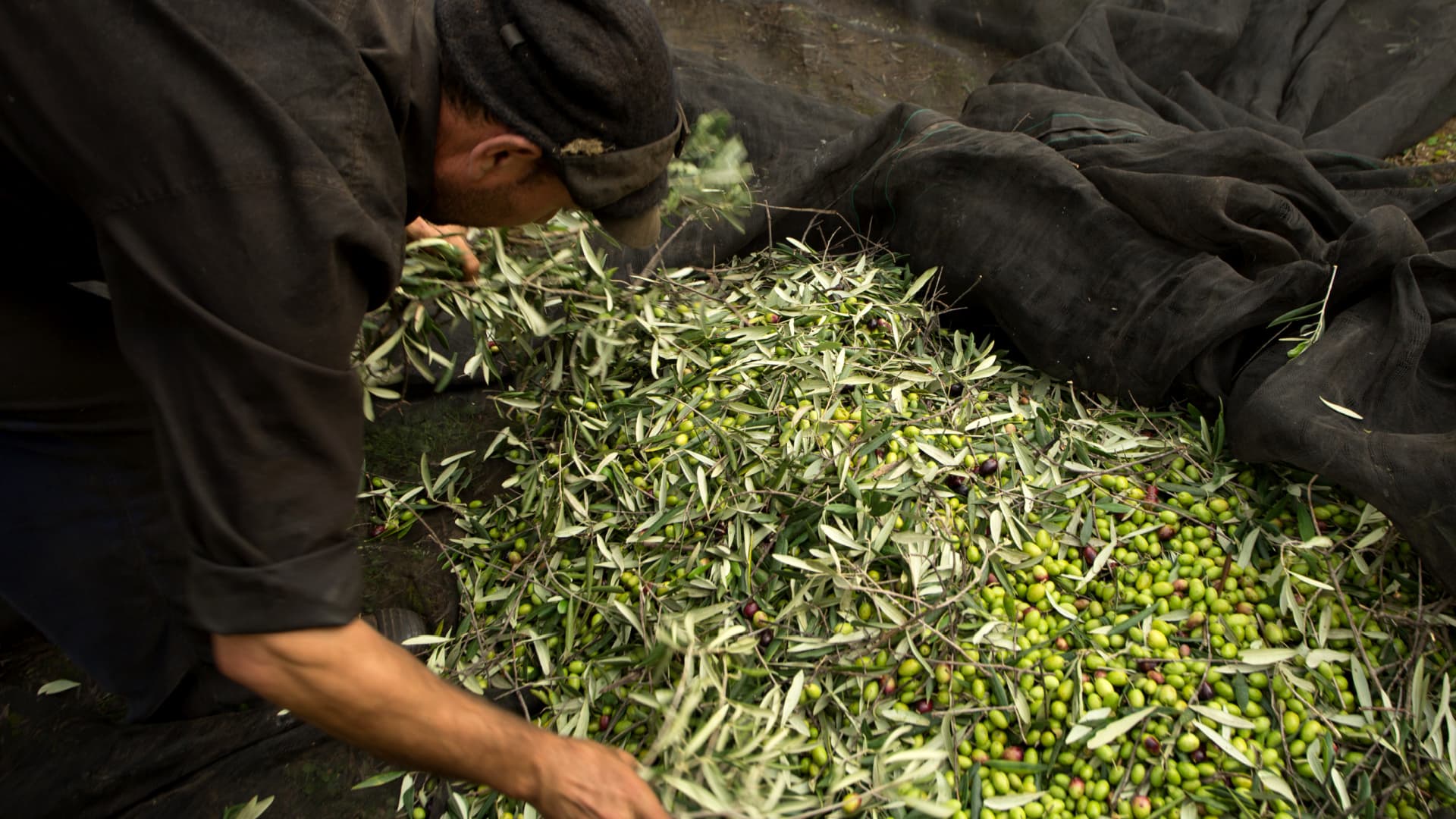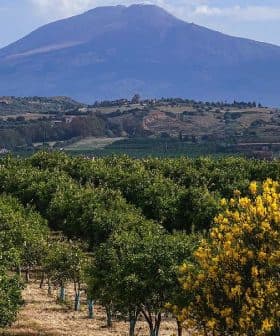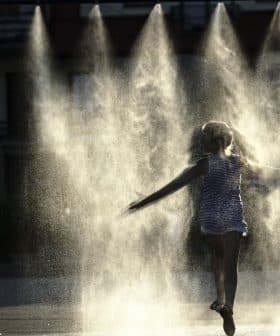In Italy, Industry Experts Forecast Lower Yield, Higher Quality

Italian olive oil production for the 2022/23 crop year is estimated to drop to 208,000 tons, a 37-percent reduction from the previous year due to a strong drought and ‘off-year’. Spain’s production is also expected to decrease by 30 to 50 percent, affecting global availability, while Greece may exceed last year’s levels, and Tunisia may face a 25-percent decrease.
According to estimates by the Institute of Services for the Agricultural and Food Market (Ismea), Italian olive oil production for the 2022/23 crop year is expected to drop to 208,000 tons. Ismea based their report on data gathered by the producers’ associations Italia Olivicola and Unaprol at the beginning of November.
The estimates indicated a 37-percent reduction in production compared to the previous year, which corresponds to more than 120,000 tons of olive oil lost due to a strong drought combined with an ‘off-year’ (the low production year in an olive tree’s alternate bearing cycle).
“This occurs in a situation of general rise in the prices of production factors that caused great turmoil in the whole manufacturing world,” Ismea market analyst, Tiziana Sarnari, told Olive Oil Times. “Thus, production prices are also growing, pushed not only by the increase in costs and the low national yields, but also by the international situation that sees a decline in the Spanish olive oil output.”
See Also:Olive Oil Business NewsAccording to Ismea, Spain’s production could see a drop of 30 to 50 percent, which will affect the availability of olive oil worldwide. Among the leading producing countries, only Greece may exceed last year’s production levels, reaching over 300,000 tons, while Tunisia, in its ‘off-year’, could face a 25-percent decrease.
“The harvest is about to end in some areas of the country, then it is not yet possible to give final figures, since the olive oil yields will also weigh in,” Sarnari specified. “In general, the operations were conducted with a tighter timetable than usual, in order to prevent further damage caused by the plants diseases that began to appear consistently over the last years in a context of climate change and related growing humidity. On the other hand, the long drought prevented the outbreak of pests like the olive fruit fly, and this allowed many areas of the country to obtain higher quality levels.”
Last year, during the first phenological phase, Italian olive trees suffered from the lack of rain and a return of cold in spring, which affected flowering and fruit setting, and also caused fruit drop. Then, the vegetative development of the olive groves was put to a severe test by a prolonged drought and high summer temperatures, leading to extensive use of emergency irrigation. Finally, rains at the end of August brought relief to the plants, but harvesting operations were sped up to prevent attacks by pathogens.
“When it comes to harvest in recent years, production forecasts have a rule with many exceptions due to very different situations arising even in adjacent areas,” Sarnari underlined. “In this case, if we want to make an extreme synthesis, the area with the most consistent decline in production can be identified in the South, also with regard to its weight in the national output.”
For Puglia, alone representing half of Italian national production, Ismea estimated output to be more than halved, with a 52 percent drop. A significant loss will also be seen in Sicily and Calabria, whose production is expected to fall 25 and 42 percent respectively. On the other hand, production should increase in Central Italy with rising figures in Lazio (17 percent), Tuscany and Umbria (27 percent). After last year’s dramatic decline, the northern regions show signs of recovery – a 27 percent growth is estimated in Liguria – but not as much as was expected before the great summer drought.









